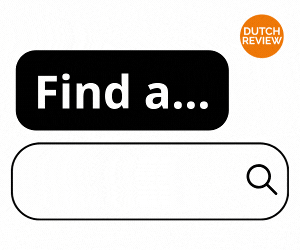An increasing number of coronavirus infections has caused Zeeland, the last safety region with a “worrisome” risk level, to be upgraded to “serious,” the second-highest risk level.
As a result, there are now no regions in the Netherlands not considered in the top highest risk areas. No more regions are considered just “vigilant” or “worrisome”.
North and East Gelderland have also had increasing cases, forcing their region to rise to the “very serious” risk level.
Every region now “serious” or “very serious”
Now, five regions are considered to have a serious risk. Zeeland joined Groningen, Friesland, Drenthe, and South Limburg.
READ MORE | The 4 phases of coronavirus in the Netherlands: a crisis management roadmap
The situation is considered even worse in the other 20 regions, which include the provinces of North Holland, South Holland, Utrecht, North Brabant, Gelderland, Overijssel and Flevoland, and the North Limburg region.
Will regional measures be implemented?
The risk levels don’t change anything for the regions for the time being, except for encouraging residents to be alert. However, in last Tuesday’s press conference, the government announced regional measures may be implemented for areas at the highest risk.
While infection rates in 20 regions are considered “very serious,” the outbreak is the most severe in Rotterdam-Rijnmond, South Holland South, Twente, and Central and West Brabant.
It’s likely that local governments will implement new coronavirus measures in these regions. This could include the closure of high schools, a curfew, or more.
| Risk levels are determined by the number of positively tested residents in a region. For a region to be considered “serious” there must be 150-250 new cases per 100,000 inhabitants per week. For “very serious” the number is anything above 250. |
Overall fewer infections
The (slightly) good news is that new coronavirus infections have been lowering in recent days. For the first time since October 12, the number of infections was below 7,000 on Wednesday, when 6,996 cases were reported.
However, the Netherlands is continuing to struggle with the situation. The government set up an alarm system for regions after the first wave. The alarm would ring if a region reported more than seven positive tests per 100,000 inhabitants.
However, every region in the Netherlands has been above that value for 53 consecutive days.
What are your thoughts on how the Dutch government is managing coronavirus in the Netherlands? Tell us in the comments below!
Feature Image: ©Robert Kneschke/Canva.com



